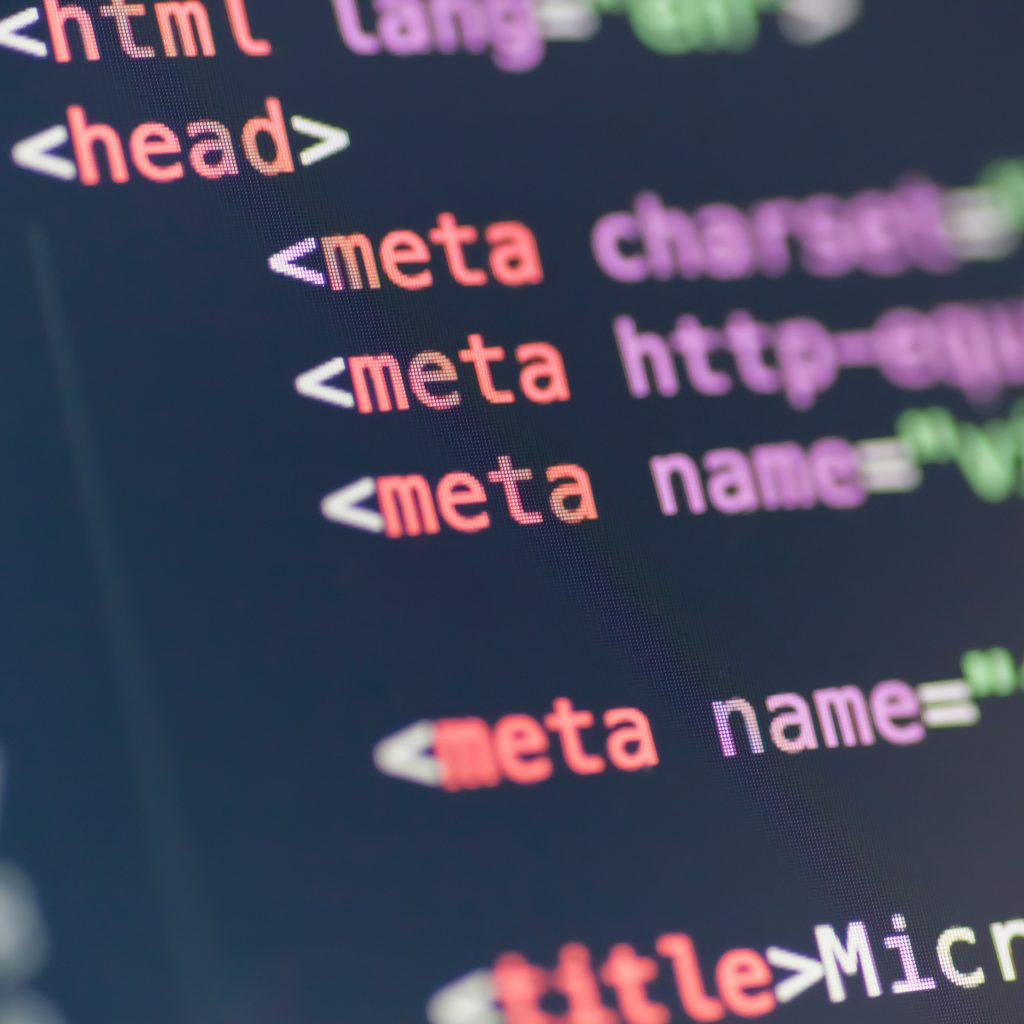Are you interested in open source software but unsure how to get started? Have you always been a user, but now want to become a contributor? The world of open source can be intimidating, but taking your first steps doesn’t have to be daunting.
Open source software has become increasingly popular, with many individuals and organizations embracing its collaborative and community-driven nature. However, transitioning from being a user to a contributor can seem overwhelming, especially if you have limited experience in coding or software development.
Becoming a contributor in the world of open source is not only rewarding but also a great way to enhance your skills and make a meaningful impact. Whether you’re a beginner or an experienced user, this article will guide you through the essential steps you need to take to become a valued contributor in the open source community. So, let’s explore how you can make the leap from being a user to an active participant in the world of open source.
What is Open Source?
Open source refers to software that is released with its source code, allowing anyone to view, modify, and distribute the code. This open and transparent approach fosters collaboration and innovation within the development community. Open source has become increasingly popular due to its flexibility, cost-effectiveness, and the ability to tailor software to specific needs. This model has played a significant role in the growth of the technology industry and has led to the creation of popular software products and platforms.

Understanding the Benefits of Open Source Contributions
Contributing to open source projects offers numerous benefits. Firstly, it provides a platform to improve and showcase your skills, as you work alongside experienced developers and gain real-world experience. Open source also allows you to expand your professional network and connect with like-minded individuals, potentially leading to career opportunities. Moreover, contributing to open source builds a public portfolio, enhancing your credibility and visibility in the tech industry.
Additionally, many open source projects offer direct compensation through programs such as GitHub Sponsors, providing financial rewards for your contributions. Overall, involvement in open source provides a deeper understanding of technology and fosters continuous learning and growth within the community. It is a valuable opportunity to enhance your skills and expertise, while reaping the networking and career progression benefits that come with active involvement in the open source community.
Exploring Open Source Projects
Open source projects offer a treasure trove of opportunities for learning, collaboration, and professional growth. From software to infrastructure, open source projects cover a wide array of fields and technologies, making them a fascinating and valuable resource for anyone looking to explore and contribute to the world of open source.
Finding Suitable Projects to Contribute To
If you’re looking for open source projects to contribute to, there are several project discovery platforms at your disposal. GitHub Explore is a great place to start, as it allows you to explore trending and recommended open source projects. Open Source Friday is another platform where you can find projects that are actively seeking contributions. Additionally, First Timers Only is a platform specifically designed for beginners looking for projects with beginner-friendly issues.
When using these resources, look for projects that are accepting contributions, actively seeking help, and have beginner-friendly issues labeled. Engage with the project communities through forums, mailing lists, or chat rooms to seek guidance from maintainers or other contributors. This can help you understand the project’s goals, guidelines, and expectations for contributors.
By utilizing these open source project discovery platforms and engaging with project communities, you can effectively identify suitable projects to contribute to and make a positive impact on open source software development.
Investigating the Project’s Documentation and Communication Channels
In investigating the project’s documentation and communication channels, it is essential to review the project’s documentation, guidelines, and communication channels to understand the project’s goals, underlying technology, and the problem it aims to solve. The project’s documentation should outline the project’s objectives, architecture, and processes. It should also include guidelines for contributors, the codebase structure, and the contributing.md file, which provides information on how to contribute to the project.
Additionally, communication channels such as mailing lists, forums, and chat platforms are crucial for staying connected with the project’s community and understanding the current state of the project. By familiarizing oneself with these resources, contributors can better align their contributions with the project’s objectives and ensure their work is in line with the project’s guidelines.
Familiarizing Yourself with the Codebase and Development Environment
When familiarizing yourself with a new codebase and development environment, it is crucial to begin by thoroughly reading through the project’s README, contribution guidelines, and any dedicated documentation. This will provide insight into the project’s goals, requirements, and development protocols. Understanding these rules and guidelines is essential for seamless integration into the development team and for ensuring that your contributions align with the project’s objectives.
After familiarizing yourself with the project documentation, the next step is to explore the codebase and development environment. This may involve setting up the development environment, running sample code, and gaining an understanding of the architecture and structure of the codebase. Take the time to review the existing code, identifying patterns, modules, and dependencies. This process will help you comprehend the existing functionality and potential areas for improvement or expansion.
By thoroughly familiarizing yourself with the codebase, development environment, and project documentation, you will be better equipped to make meaningful contributions to the project. This foundational knowledge will enable you to work efficiently within the existing framework and effectively collaborate with the development team.
Preparing Yourself for Open Source Contribution
Getting involved in open source projects can be an incredibly rewarding experience, but it’s essential to prepare yourself for the journey ahead. From understanding the culture of open source communities to honing your technical skills, there are several important steps you can take to position yourself for success in making meaningful contributions. Whether you’re a seasoned developer or just starting out, taking the time to prepare yourself for open source contribution can maximize your impact and ensure a positive experience for both you and the community.

Understanding the Project’s Style Guide and Request Button
Understanding the project’s style guide is crucial for maintaining consistency and coherence in the development process. The style guide outlines the formatting, naming conventions, and coding standards that need to be adhered to in order to ensure that the project is structured and written in a consistent and easily understandable manner. By following the style guide, developers can avoid inconsistencies and ensure that the codebase is maintainable and scalable.
Additionally, it is essential to locate the request button in the repository in order to contribute to the project. The request button is where developers can initiate a pull request to propose changes or new features to the project. This is a critical step in the collaborative development process as it allows developers to review each other’s code, suggest improvements, and ultimately contribute to the overall progression of the project.
Setting Up a Detailed Guide for Your First Pull Request
Setting up a detailed guide for your first pull request is crucial for ensuring a smooth and successful contribution to a project.
1. Fork the repository: Begin by forking the repository where you want to make your contribution.
2. Create a new branch: Create a new branch in your forked repository to work on the changes for your pull request.
3. Make the necessary changes: Implement the code changes according to the project’s code standards. Use GitHub actions to run code standards and test checks to ensure the code meets the required quality.
4. Submit the pull request: Once the changes are made, submit the pull request to the original repository. Be sure to address any questions or suggestions from code reviewers promptly.
5. Address feedback: If there is feedback from the code reviewers, make the necessary improvements to the code and update your pull request accordingly.
6. Merging the pull request: Once the code meets the required standards and the feedback has been addressed, the project maintainer can merge your pull request into the main repository, completing the contribution process.
By following these steps and utilizing GitHub actions for code standards and test checks, you can ensure that your first pull request is well-prepared and meets the project’s requirements.
Refining Your Skills for Making Meaningful Contributions
Through code-based diving, I have gained specific technical skills in understanding complex code structures and identifying areas for improvement and optimization. Design thinking has allowed me to approach software development with a focus on user experience and problem-solving. Code reviews have honed my attention to detail and ability to provide constructive feedback to improve code quality. Lastly, my open-source contributions have provided me with the opportunity to collaborate with other developers, learn from their expertise, and contribute to projects that have a broader impact.
These skills have prepared me to make meaningful contributions to the software development community by allowing me to approach problems with a critical and innovative mindset. I am able to not only understand and navigate complex code bases but also contribute to their improvement. I can now provide valuable insights during code reviews and consistently contribute high-quality code to open-source projects. Overall, my experiences have equipped me to make meaningful contributions by continually refining my skills and leveraging them to drive positive change within the software development community.
Getting Involved in the Open Source Community
The open source community is a vibrant and collaborative environment where individuals from diverse backgrounds come together to contribute to and create a wide range of software and projects that are freely available to the public. Getting involved in the open source community not only allows you to hone your coding skills, but also provides the opportunity to work with and learn from like-minded individuals around the world. Whether you are an experienced developer or just starting out, there are numerous ways to make a meaningful impact and become an active member of this thriving community. From coding and testing to documentation and design, there are plenty of avenues for you to contribute and grow within the open source community. Whether you are looking to expand your portfolio, gain valuable experience, or simply give back to the community, getting involved in open source is a rewarding and enriching experience that can lead to countless opportunities.
Joining Mailing Lists, Issue Trackers, and Code Review Channels
As a developer, staying updated and collaborating with others in the field is crucial for career growth. Joining mailing lists, issue trackers, and code review channels is a great way to do this. Mailing lists allow you to receive regular updates, announcements, and important discussions related to your area of interest. Issue trackers help you stay organized and informed about ongoing projects, while code review channels provide opportunities for feedback and learning from other developers.
By actively participating in these platforms, you can form professional relationships with other developers, which can eventually lead to networking opportunities, partnerships, and even job offers. Collaborating with others not only helps you stay updated with the latest industry trends and technologies but also opens doors for new opportunities. Continuous interaction with other developers can lead to significant career advancements, so it’s important to stay engaged and leverage the connections you make through these platforms.
Participating in Discussions and Communication Channels
It is essential to join the project’s communication channels such as Slack or Discord to stay connected with the community and stay updated with the project’s activities. Engaging in discussions on issue threads and participating in forums will allow you to actively contribute to the project and share meaningful ideas with fellow contributors. Seeking guidance from the community when needed and practicing effective collaboration will ensure productive communication and help move the project forward. It is crucial to take the opportunity to actively participate in discussions and stay connected with the community to contribute positively to the project’s success. By utilizing these communication channels and engaging in discussions, you can make a meaningful impact and help drive the project towards its goals.
Creating Pull Requests When You Feel Ready
1. Fork the original repository and clone it to your local machine.
2. Using Git, connect your local repository to the original “upstream” repository to stay updated with any changes.
3. Create a new branch for your changes.
4. Make the necessary changes and commit them to your branch.
5. Reference relevant issues in your commit messages to provide context to the changes.
6. Include before and after screenshots of your changes if applicable.
7. Test your changes to ensure they work as intended.
8. Follow the contribution guidelines and style of the project to maintain consistency.
9. Push your branch to your forked repository.
10. From your forked repository on GitHub, create a pull request, providing a detailed description of the changes you’ve made.
Following these steps will ensure that your pull request is created and submitted properly.
Taking on Smaller Tasks Before Moving On to Bigger Features
Before diving into bigger features within a project, it is beneficial to address smaller tasks such as fixing bugs, improving documentation, or implementing minor features. This approach allows for a better understanding of the project and builds confidence before taking on larger tasks.
One way to find smaller tasks is to check for open issues labeled as good-first-issue, good-first-bug, or beginner-friendly on platforms like Github’s explore page. Additionally, signing up for daily open issue emails from Codetriage.com can provide a steady stream of smaller tasks to work on. Engaging in these smaller tasks will help familiarize yourself with the project and its codebase, as well as the development workflow and coding standards.
By starting with smaller tasks, you can gain valuable experience and knowledge that will be helpful when tackling larger features. It also allows you to make a positive impact on the project while building a good rapport with the project’s community. Therefore, focusing on smaller tasks, open issues, good-first-issue, beginner-friendly, Github, and Codetriage can be a strategic approach to contributing to a project.

Conclusion
In conclusion, becoming a contributor to an open source project is an incredibly rewarding experience. It can be intimidating at first, but with enough dedication and perseverance you can make a difference. There are many ways to get involved in open source projects, from writing code to finding bugs or participating in the online community. Remember that everyone starts out as a user and it’s up to you to take the first steps towards becoming a contributor. Good luck and happy coding!
